Taunton Flag: The First American Flag to Bear the Motto 'Liberty and Union'

From Liberty Poles to the Taunton Flag: Early Symbols of American Protest
The flag of Taunton, Massachusetts, also known as the Taunton Flag and the Liberty and Union Flag, is the city flag of Taunton, Massachusetts, United States. The flag was first adopted in 1774 and has since been adopted as the flag of Taunton. It consists of a red ensign with the flag of Great Britain in a canton with the words "Liberty and Union" on it.
During the ten years preceding the battle of Lexington, liberty poles, trees, and flags of various devices are frequently mentioned in contemporary newspapers.
The Grenville Stamp Act was signed by the king on March 22, 1765, but did not go into effect until the following November. It met with such strong opposition that it was repealed on the 18th of March, 1766, after having been in operation a little more than four months.
On the 29th of May, 1765, Patrick Henry, who had lately been elected a member of the Virginia House of Burgesses, introduced his famous five resolutions against the Stamp Act, which were adopted by a majority of one.
The next morning, in the absence of Henry, the House reconsidered and rejected the fifth resolution, which was of a revolutionary character.
The four resolutions which were actually adopted were rewritten in slightly changed form, and with two more added were sent out to the other colonies as the actual resolutions of the Virginia legislature.
Opposition to the Stamp Act was shown in all of the colonies, in some of which protests were manifested by the display of liberty poles, with flags upon them on which were inscribed mottoes of various kinds.
It is said that the first resistance to this act was in Wilmington, North Carolina.
When the stamped paper reached Charleston, South Carolina, it was deposited at Fort Johnson. A volunteer force composed of three companies took the fort and seized and destroyed the obnoxious paper.
While in possession of the fort, they displayed an improvised flag, showing a blue field with three white crescents, one for each company.
Underneath this flag, on the 8th of August, 1776, the Declaration of Independence was proclaimed to the people.
When Ingersoll arrived in Boston in August, bearing commissions for stamp distributors, intense excitement was created.
The oppressed people manifested their opposition to the enforcement of the law by preparing a coffin inscribed "Liberty, born at Plymouth, in 1620; died, 1765, aged 145 years," which was carried through the streets at the head of a long procession, with minute guns firing.
An oration was delivered at the grave; but, just as it was concluded, the figure of Liberty showed signs of returning life; whereupon "Liberty Revived" was substituted on the coffin, attended by the joyful ringing of bells.
When, late in October, stamps arrived in New York, the people made vigorous demonstrations against the enforcement of the law, accompanied by the raising of a flag bearing the word "Liberty."
The people of Portsmouth, New Hampshire, in vigorous remonstrance against taxation under the Stamp Act, on the 9th of January, 1766, demanded from Mr. George Meserve, agent for the distribution of stamps in New Hampshire, his commission and instructions; and, notwithstanding his resignation, required him to take an oath that he would not attempt to execute the office.
They afterward paraded the streets, carrying the commission on the point of a sword, and displaying a banner on which was inscribed the motto "Liberty, Property, and No Stamps."
To perpetuate the event, they erected this flag at Swing Bridge, which from that time was called Liberty Bridge.
In the meantime, upon the invitation of Massachusetts for the colonies to meet in a representative convention in New York, the famous Stamp Act Congress had assembled on the 7th of October, 1765, and continued in session for fourteen days, the whole subject of the rights and grievances of the colonies being fully discussed.
When the joyful tidings of the repeal of the Stamp Act came to America, the colonists saw a promise of justice for the future and were overjoyed at the prospect. They had celebrations and bonfires and were ready to purchase English goods without limit.
Following the news of the repeal, in New York, on the 6th of May, there were many demonstrations of joy. The Sons of Liberty erected a liberty pole in front of Warren street, from which was displayed a flag with the inscription "The King, Pitt, and Liberty."
The Assembly voted to erect a statue of Pitt, who had insisted on the repeal, and another of George III, which were set up in the year 1770. Within six years the statue of the king, which was made of lead and gilded, was hauled down and converted into bullets by the patriots.
Upon the old training field (which for many years has been known as the Green) at Taunton, Massachusetts, on Friday, the 21st of October, 1774, two years before the Declaration of Independence, a Union flag was unfurled with the words "Liberty and Union" inscribed thereon.
The Taunton flowed fast through the shimmering Weir,
Past the Rock where the Northmen came in from the Bay.
In the Forest the red Leaves were falling, and sear,
Where Annawan perished, — the stone Church to-day, —
The loveliest Church e'er the Traveler saw,
With its sentinel Pines and its Ivy-wreathed Tower,
Stands hard by the Place where the Women in Awe
Heard their Husbands cry out in that glorious Hour:
In the Hope of the Future, the Faith of the Past,
In the name of our Covenant, ever to last,
We'll defend with our Valor, and our Virtues and our Votes
The new Flag of Taunton that waves o'er the Green."
— HEZEKIAH BUTTERWORTH.

Taunton flag – 1774
The Taunton flag was the regular English flag, adopted by the union of the aforesaid crosses upon a red field. Its significance lay in its motto, signifying that there was at that time no thought of severance from the mother country, their only thought being liberty of action; and it has historic value because it was the first to wave with that motto.
The following is from the Boston Evening Post of Monday, October 24,1774:
We have just received the following intelligence from Taunton — that on Friday last a liberty pole 112 feet long was raised there on which is a vane, and a Union flag flying, with the words Liberty and Union thereon. To the pole is fixed the following lines:
'CRESCIT AMOR PATRIE LIBERTATIS QUE CUPIDO.
'Be it known to the present,
And to all future generations,
That the Sons of Liberty in Taunton
Fired with a zeal for the preservation of
Their rights as men, and as
American Englishmen,
And prompted by a just resentment of
The wrongs and injuries offered to the
English colonies in general, and to
This Province in particular,
Through the unjust claims of
A British Parliament and the
Machiavelian policy of a British ministry,
Have erected this monument or Liberty standard,
As a testimony of their fixed resolution
To preserve sacred and inviolate
Their birthrights and charter rights,
And to resist even unto blood
All attempts for their subversion or abridgement.
Born to be free, we spurn the knaves who dare
For us the chains of slavery to prepare;
Steadfast in freedom's cause, we '11 live and die,
Unawed by statesmen; foes to tyranny,
But if oppression brings us to our graves,
And marks us dead, she ne'er shall mark us slaves.'"
Taunton Green was the scene of the turning of the tide in Shays' Rebellion (December, 1786, to January, 1787), when General David Cobb, an aid on Washington's staff during the Revolution, but at that time a judge in the high court, dispersed a mob of rioters, and uttered his memorable words:
I will sit as a judge or die as a General."
Here arose the first Ensign of Liberty; here fell the first Standard of Insurrection."


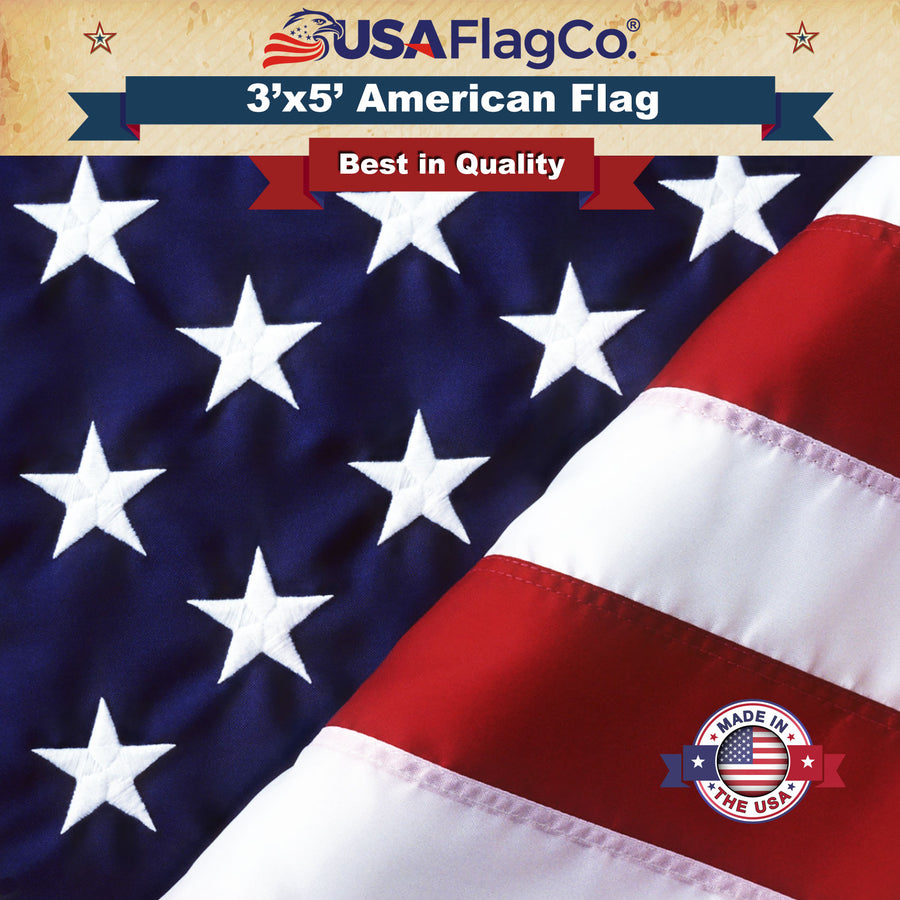
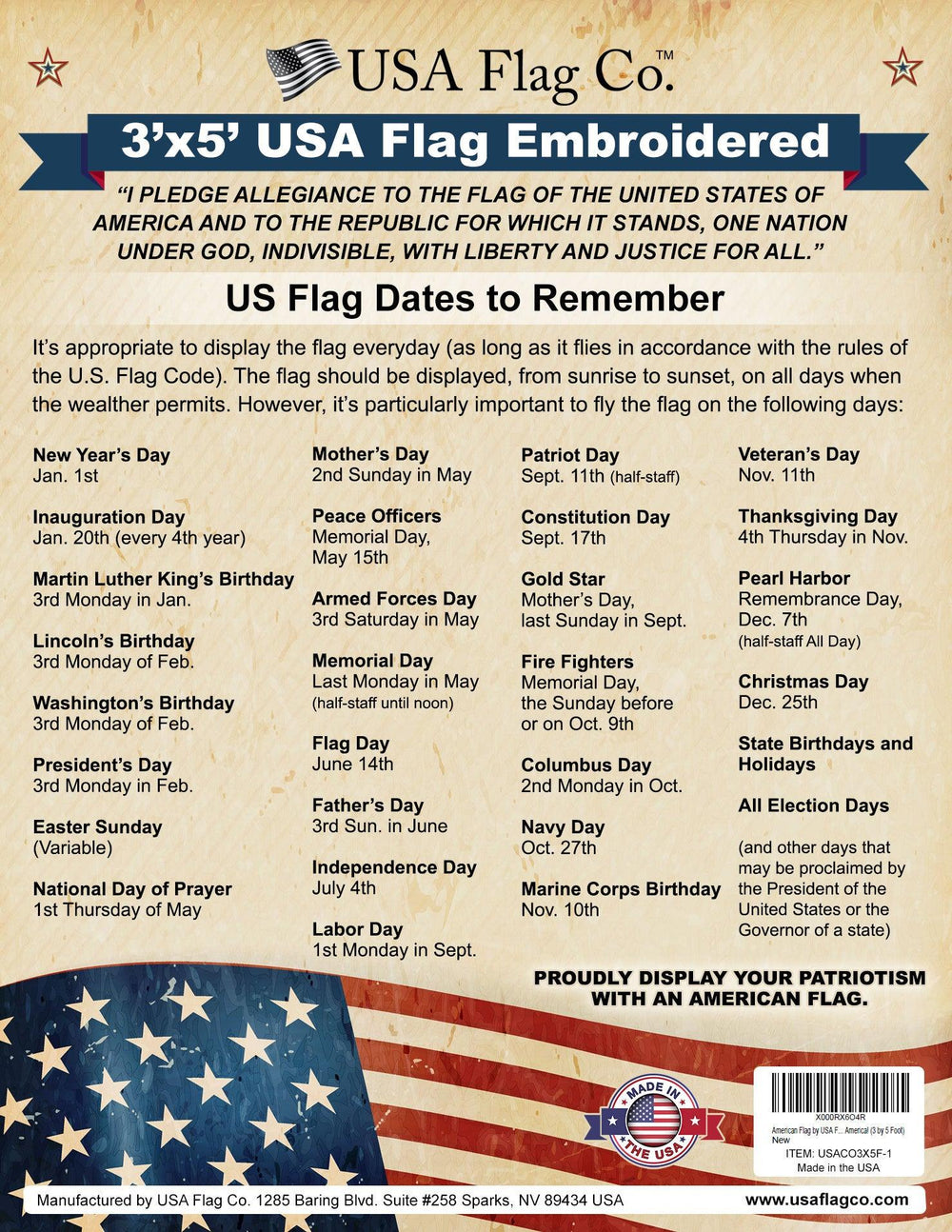
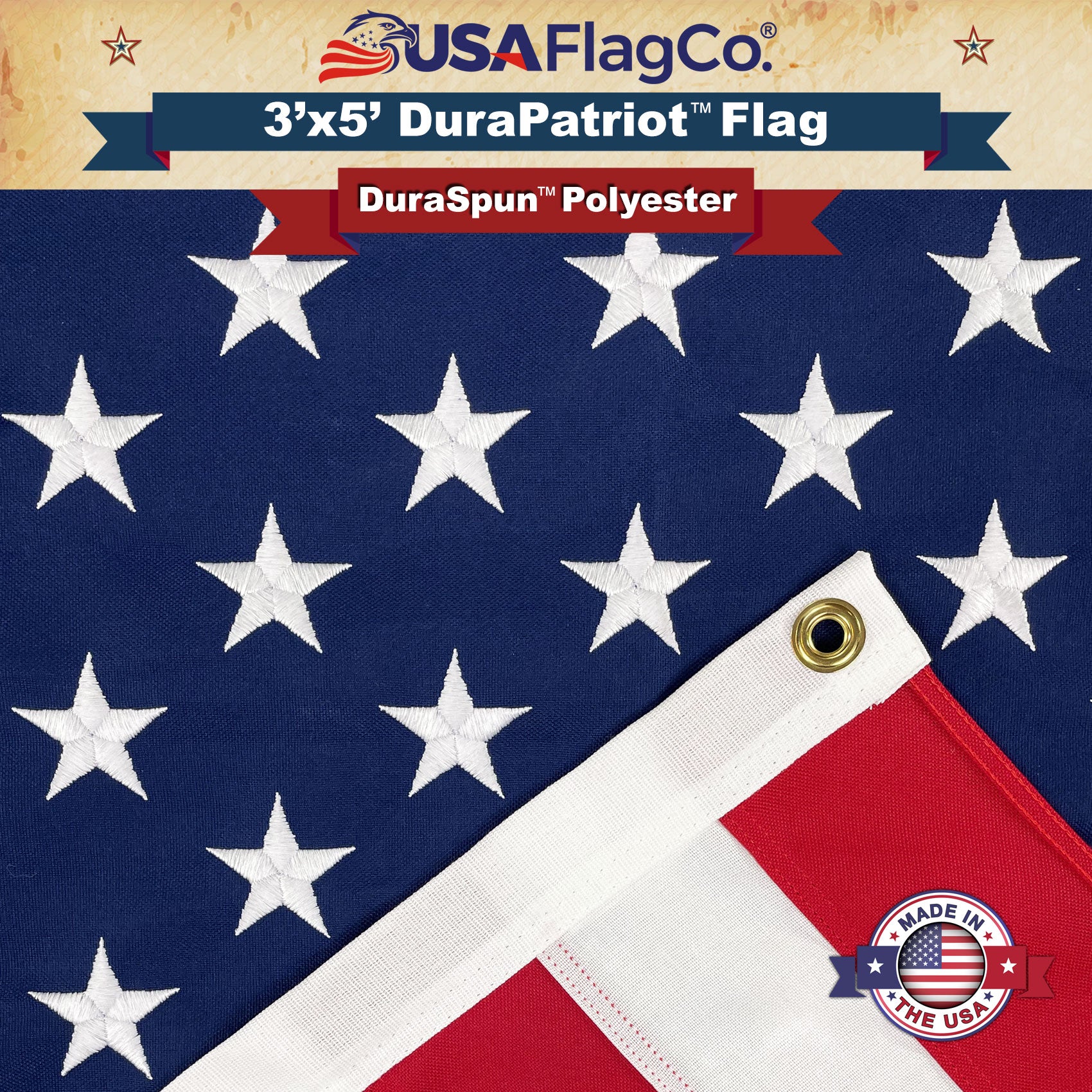
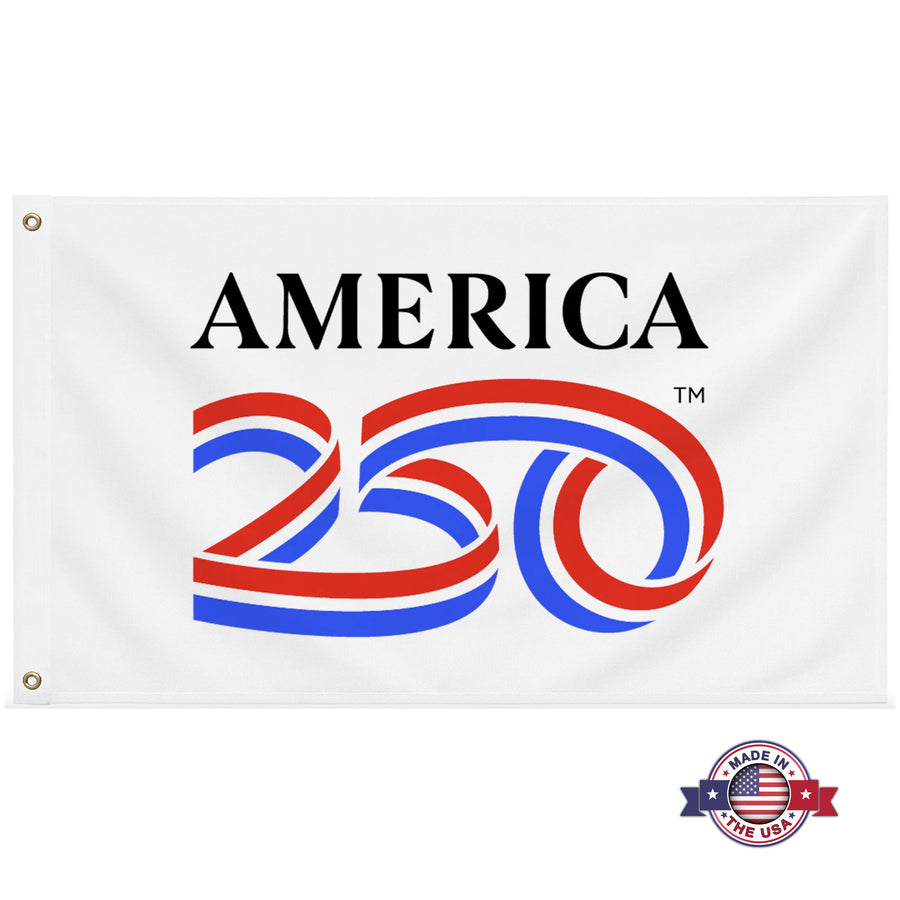


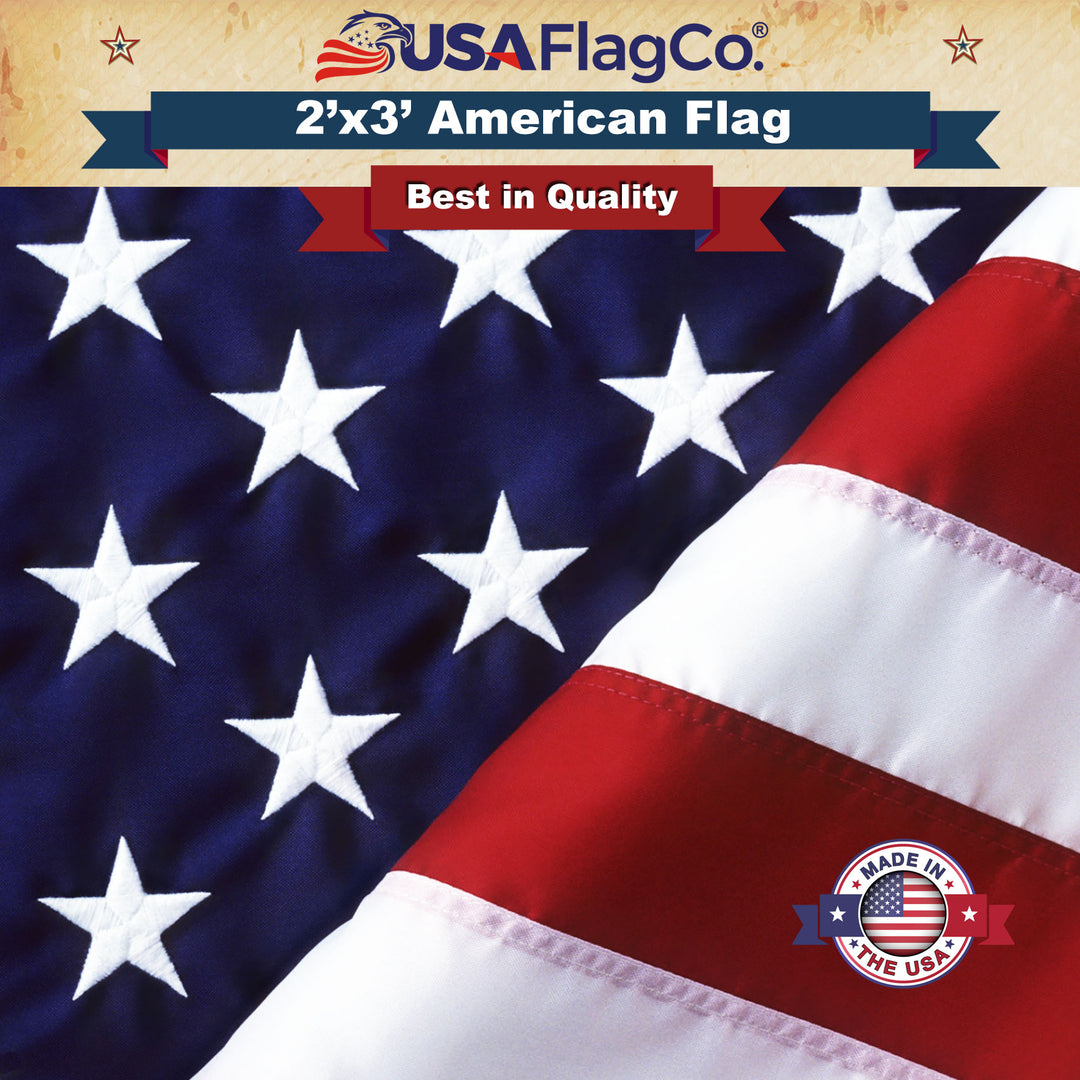
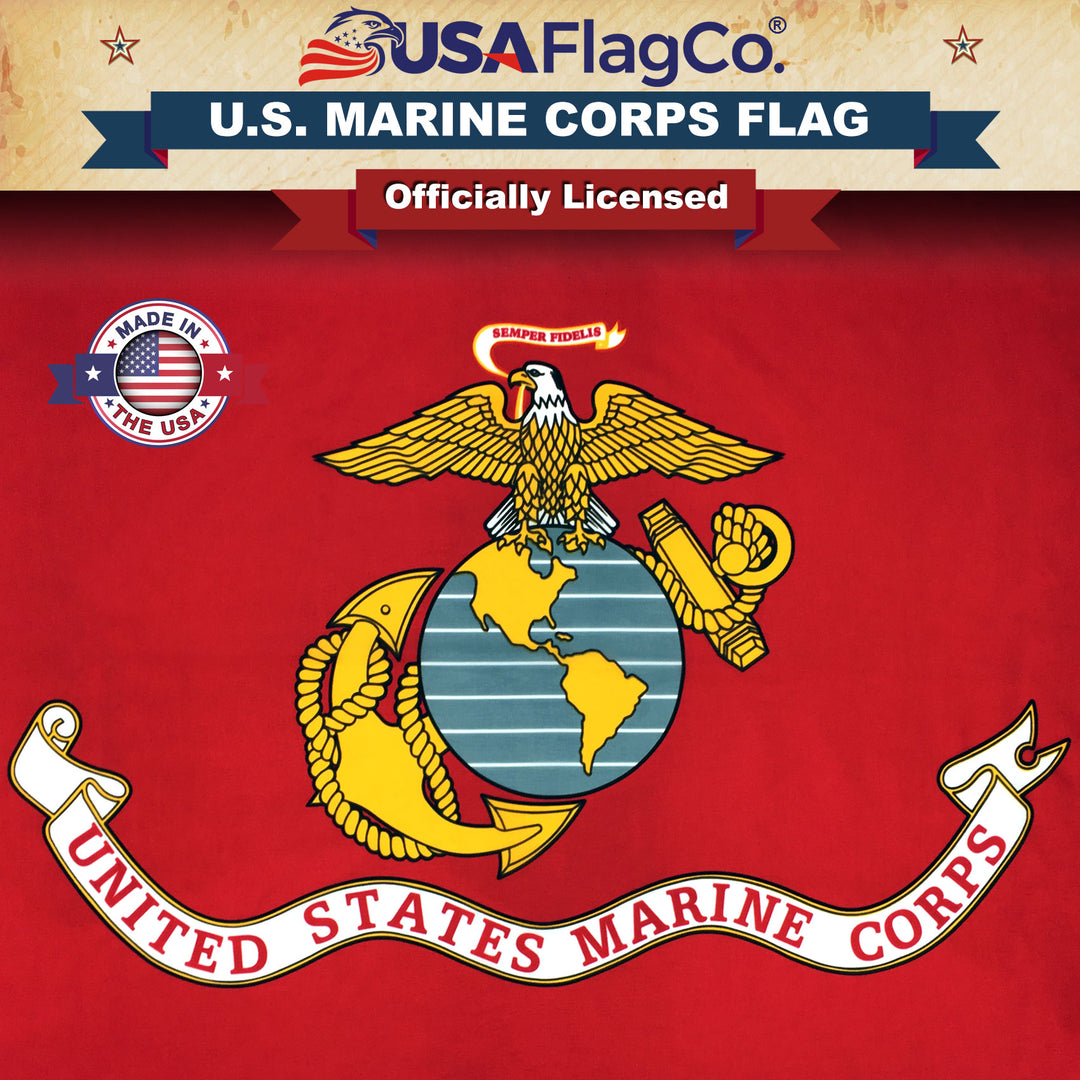
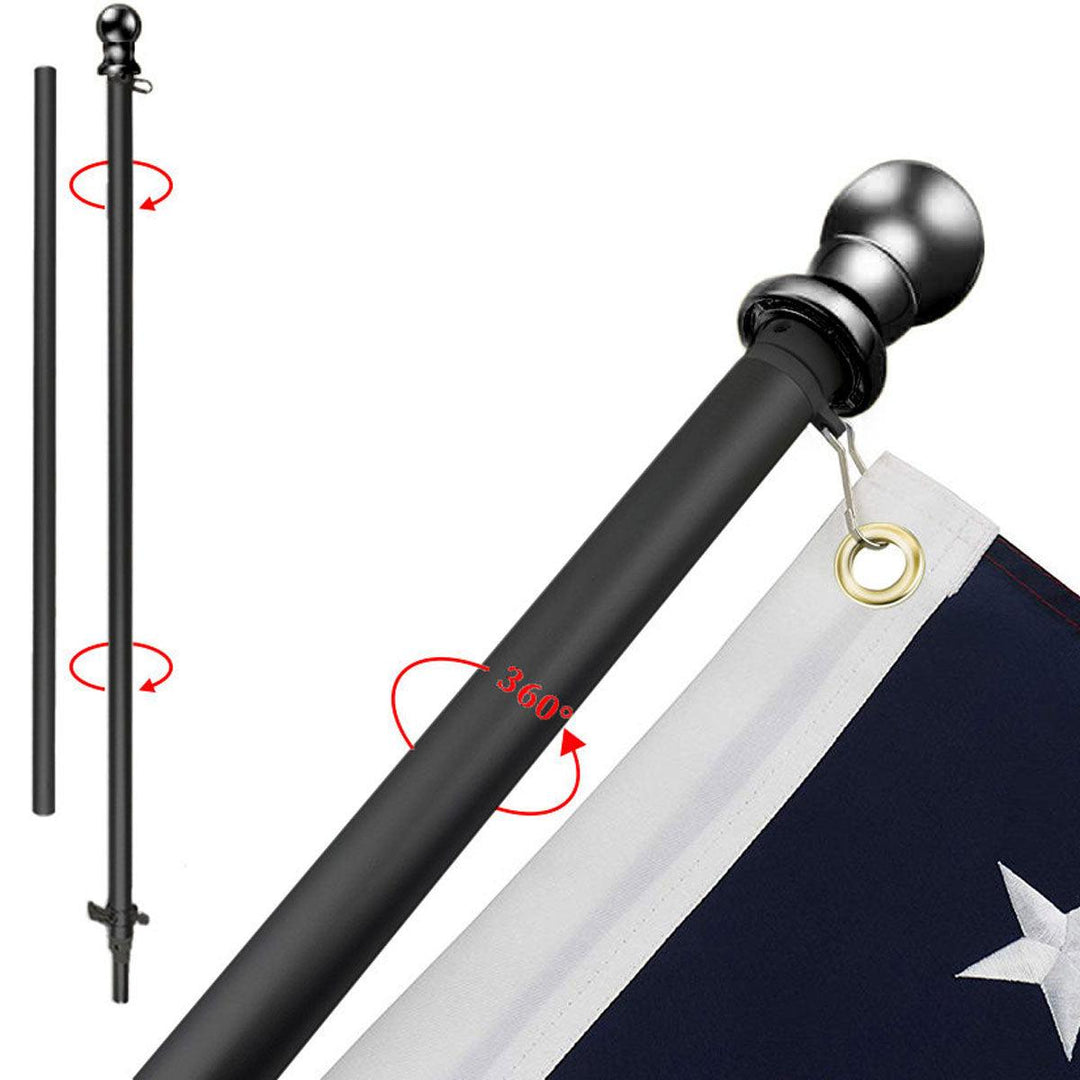
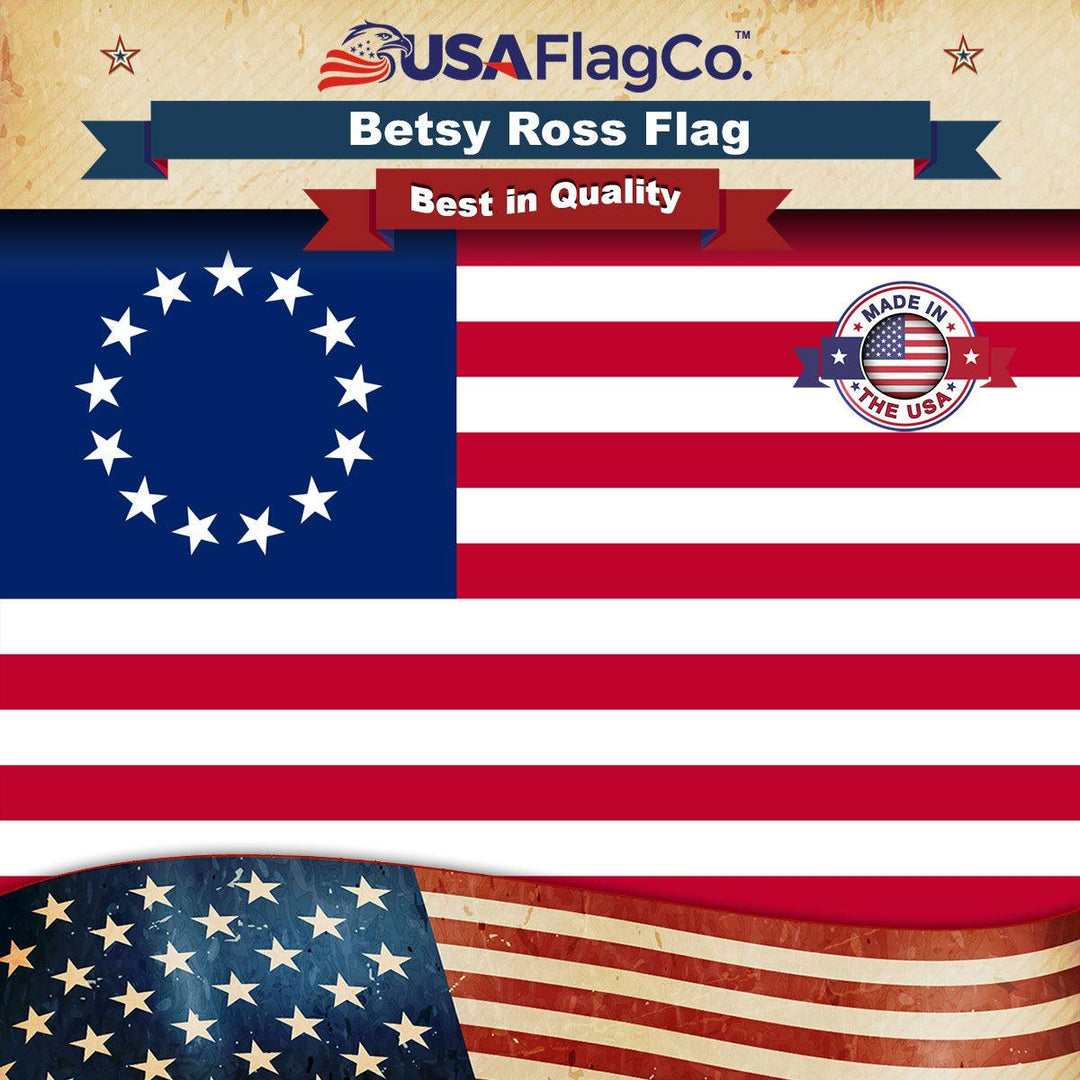
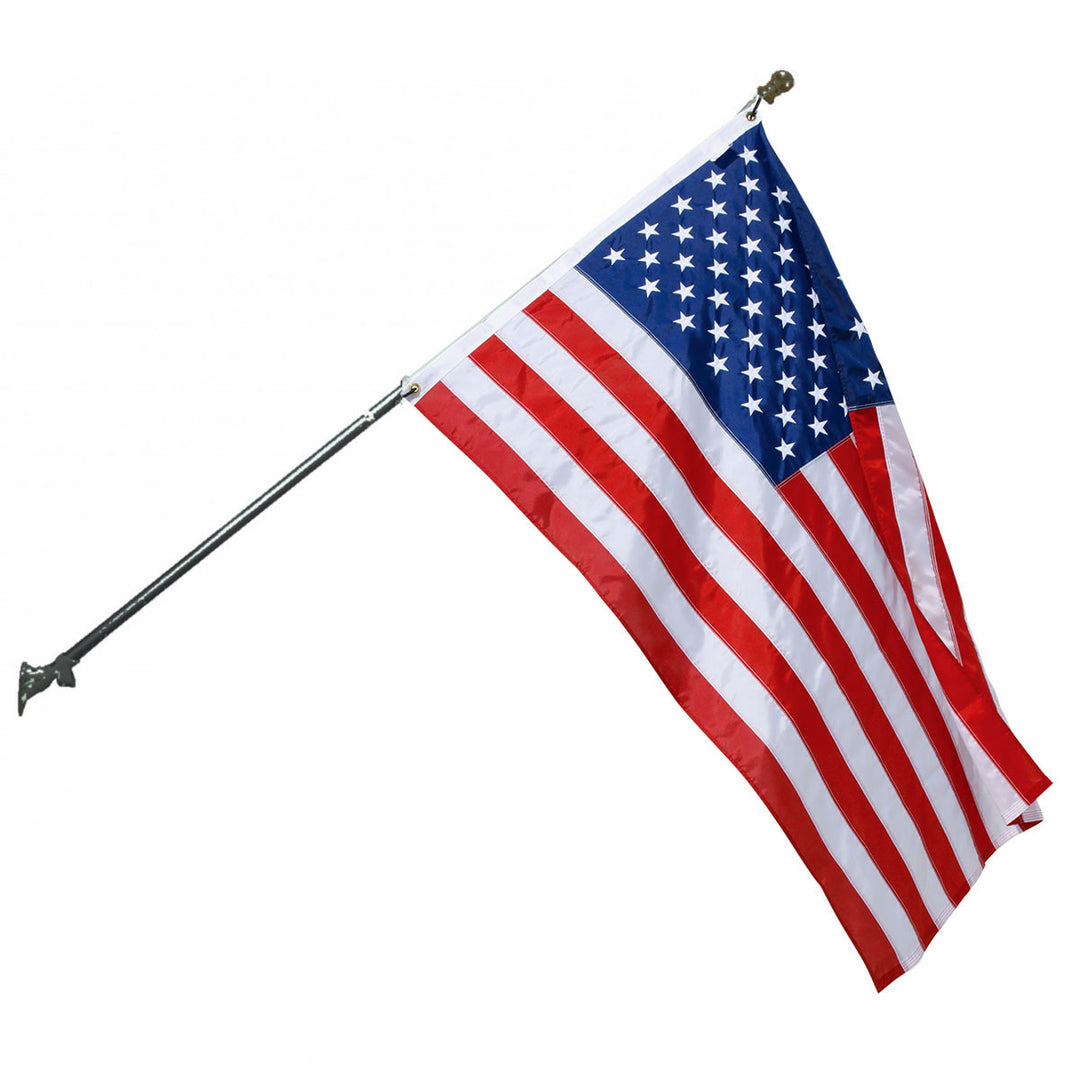
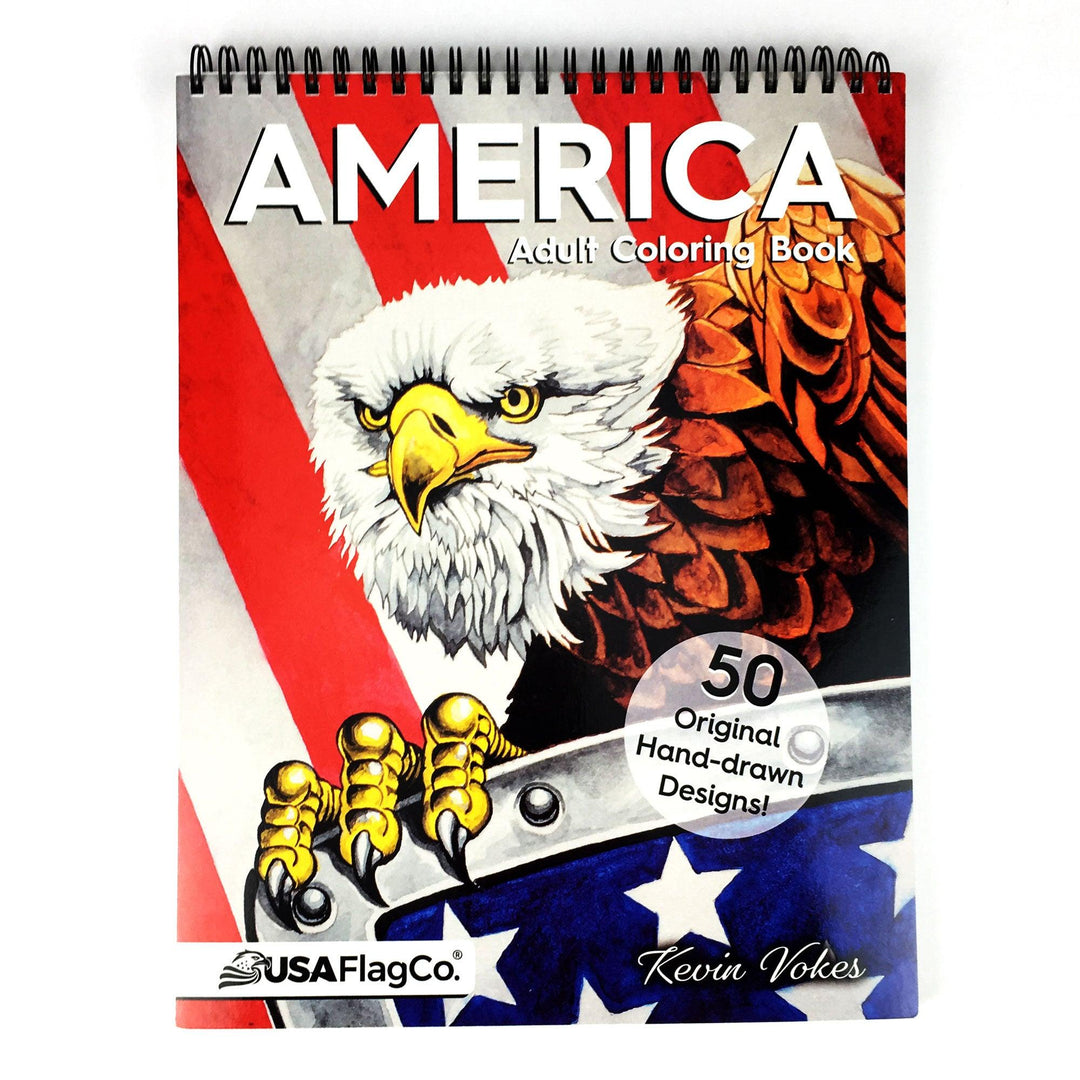
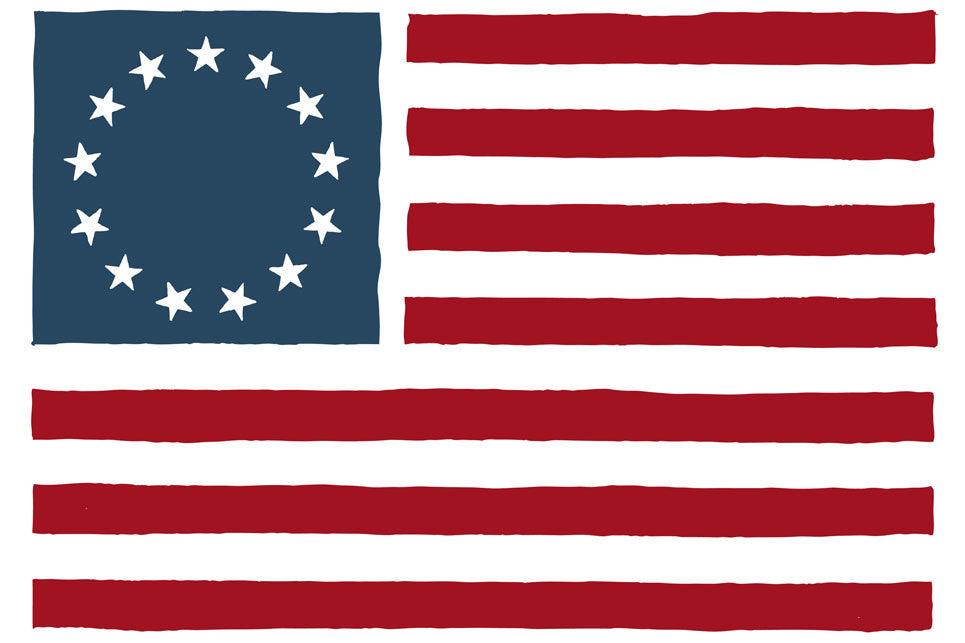

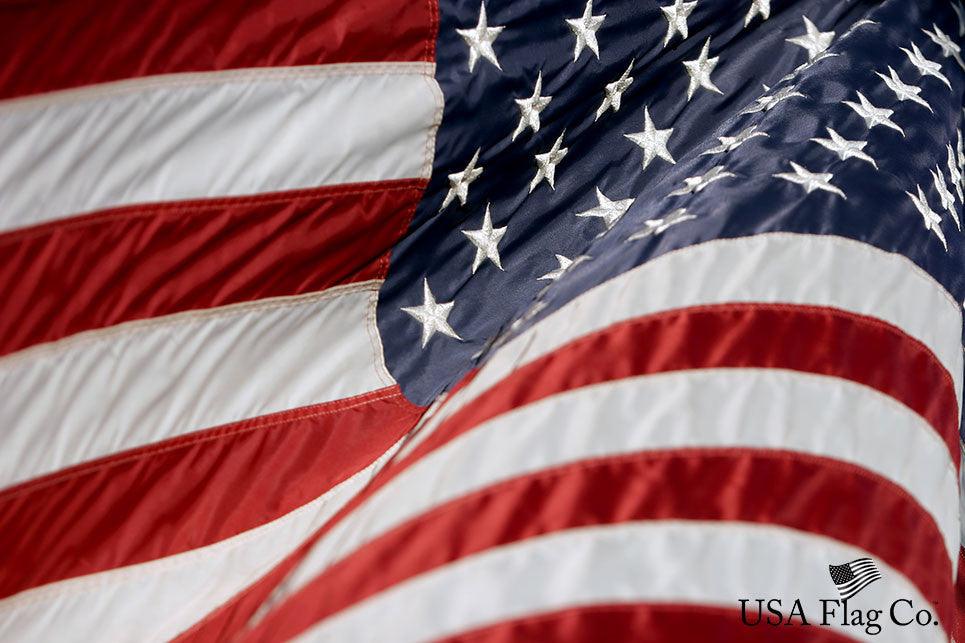
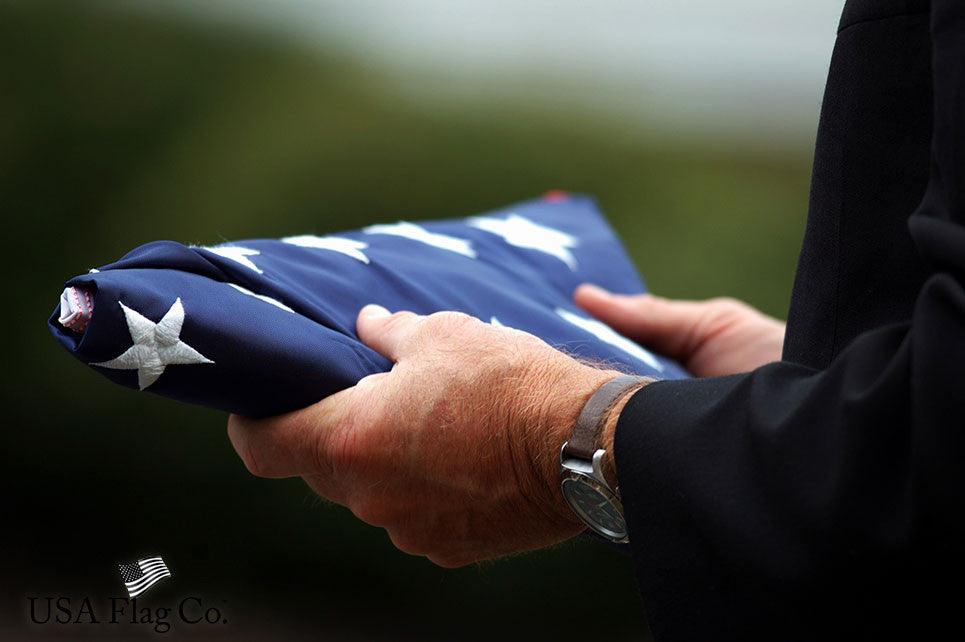



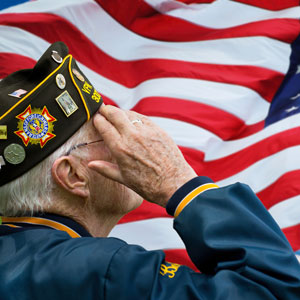
Leave a comment